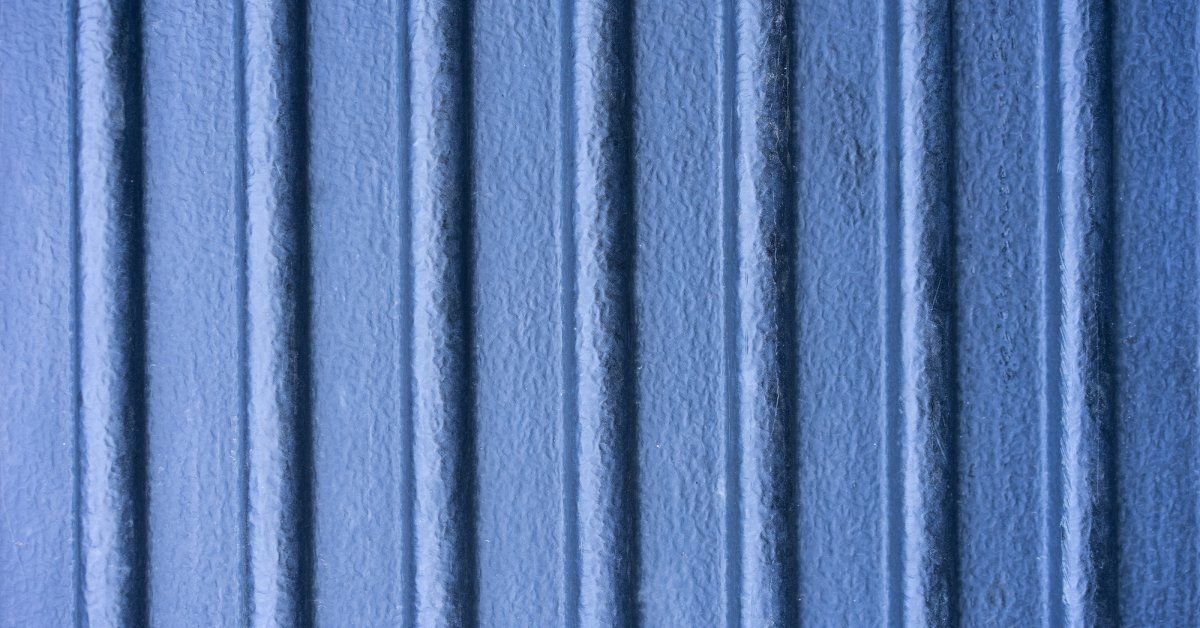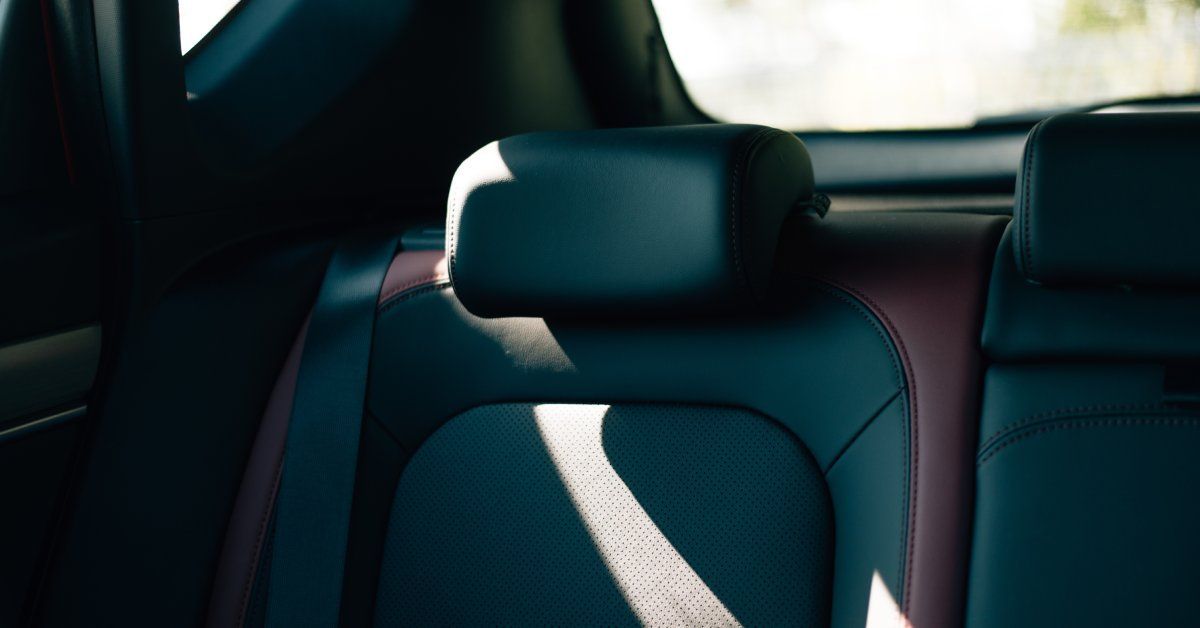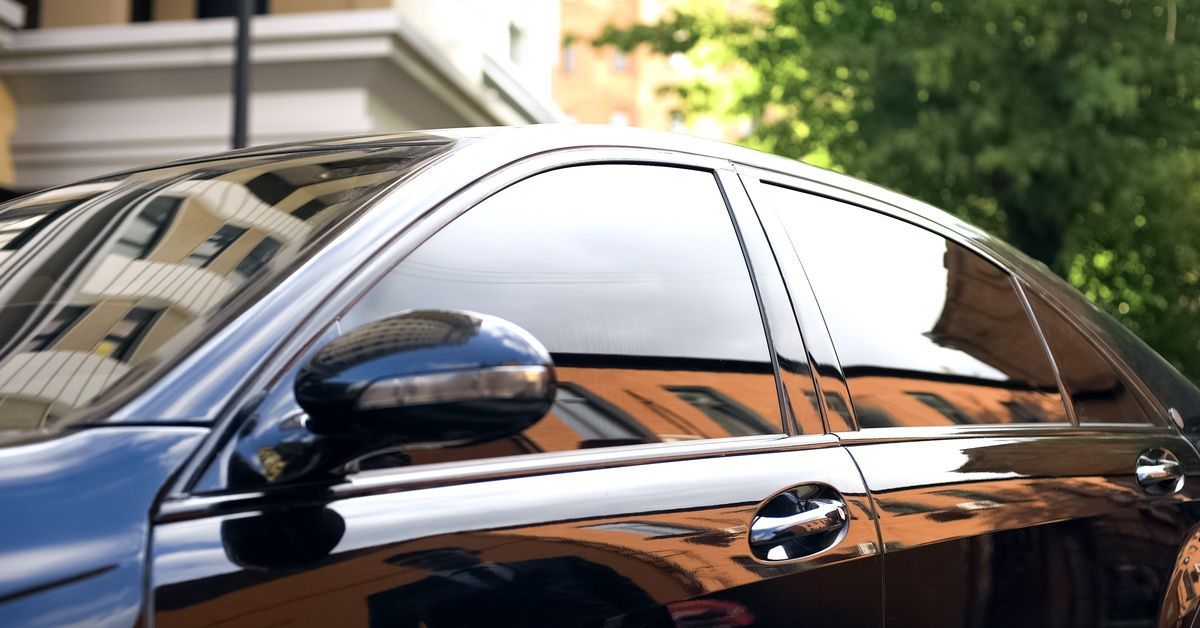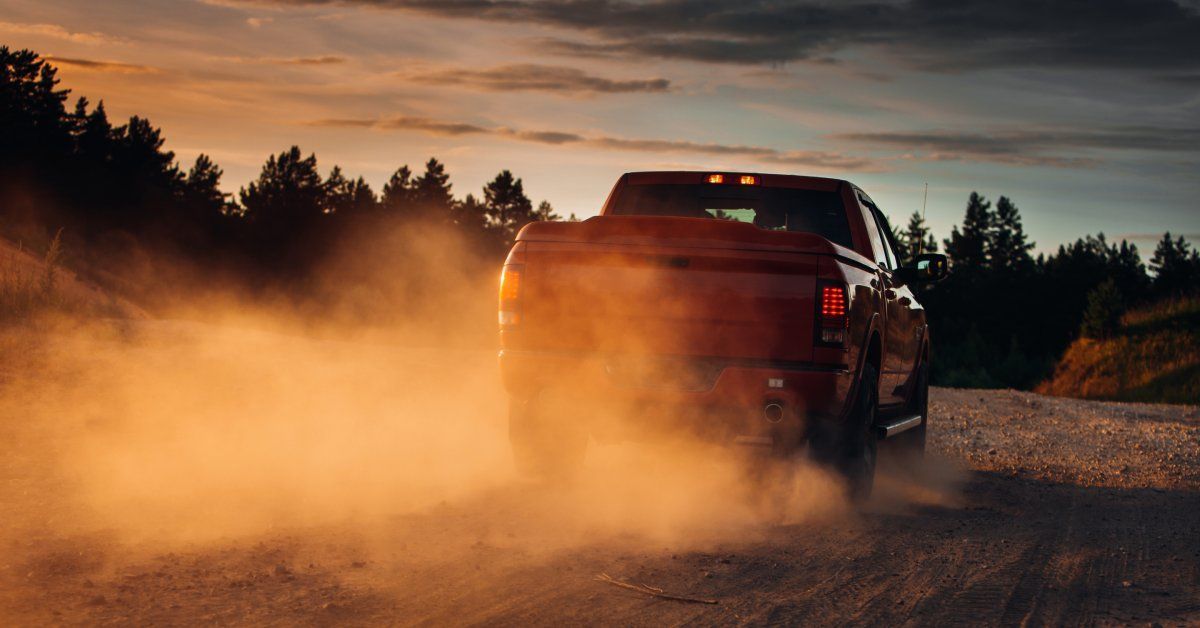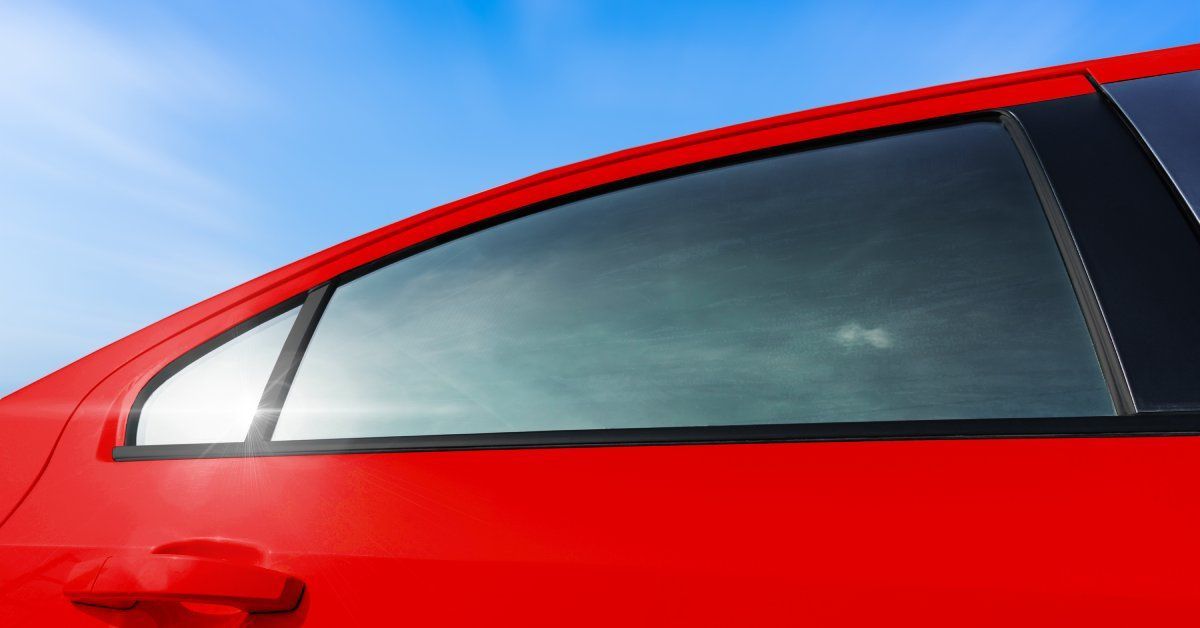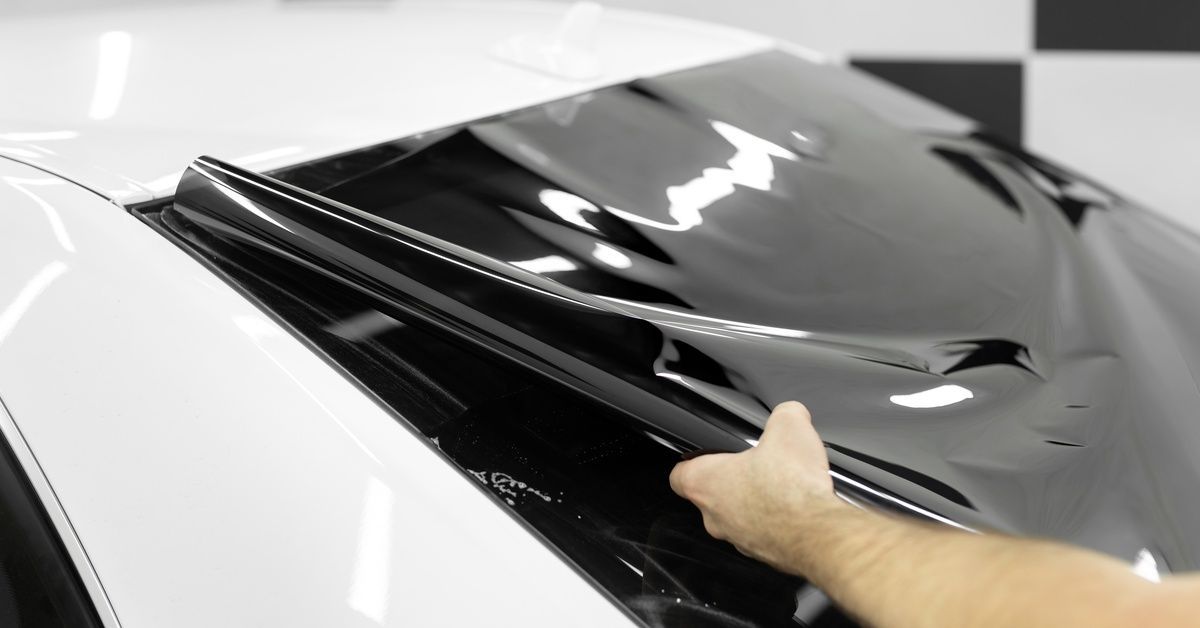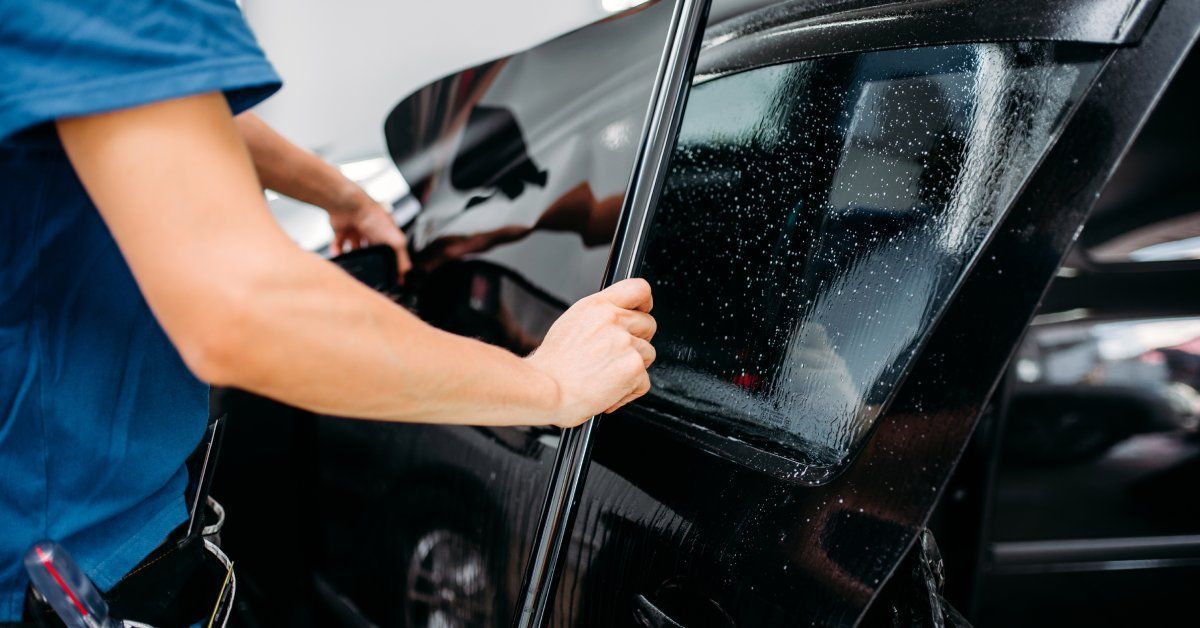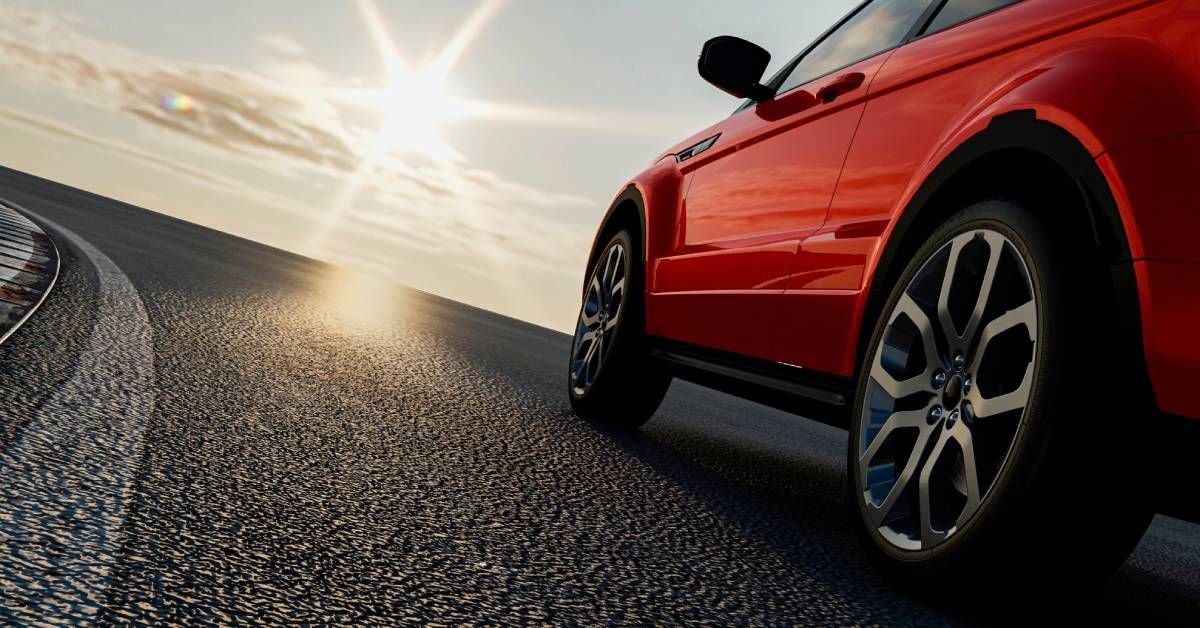How To Properly Care For Your Car’s Tinted Windows

Car window tint transforms your ride in countless ways. It blocks harsh UV rays, keeps your interior cooler, and adds that sleek, professional look we all love.
But here's the thing—once you've invested in quality tinting, proper care becomes your new best friend.
How to properly care for your car's tinted windows isn't rocket science, but it does require some know-how. Skip the right steps, and you might find yourself dealing with peeled edges, stubborn bubbles, or faded film way sooner than expected.
The good news? With the right approach, your tint can look amazing for years to come.
Let's dive into everything you need to know about keeping those windows in pristine condition.
Understanding Your Window Tint
Before we jump into care tips, let's talk about what you're actually protecting. Window tints come in three main types, each with its own personality.
Dyed Tints
Dyed tint offers the most budget-friendly option. It uses layers of dye between adhesive layers to block light and heat. While it won't last quite as long as other options, it still deserves proper care.
Metal Tints
Metalized tint steps things up with tiny metallic particles that reflect heat and UV rays. It's more durable than dyed tint and provides excellent heat rejection.
You'll recognize it by its slightly shiny appearance.
Ceramic Tints
Ceramic tint sits at the top of the food chain. It uses ceramic particles instead of dyes or metals, which means superior heat rejection without interfering with electronic devices.
It also tends to last the longest with proper maintenance.
No matter which type you have, all tints share the same benefits: UV protection, heat reduction, glare reduction, and extra privacy. They also help hold glass together in case of an accident.
Post-Installation: The Waiting Game
Right after installation, your tint needs time to cure.
This process typically takes 3-7 days, but weather conditions play a huge role. Hot, sunny days speed things up, while cold, cloudy weather slows the process down.
During this curing period, you might notice some haziness or small water bubbles under the film.
Don't panic! This is completely normal and will disappear as the adhesive fully bonds with your glass.
What To Avoid
Here's what you absolutely cannot do during curing: clean your windows.
I know it's tempting, especially if you spot a smudge or fingerprint, but resist the urge. Any cleaning products or even water can interfere with the adhesive bond.
Also, avoid rolling your windows down for at least 48-72 hours. The edges need time to seal properly, and premature movement can cause the film to shift or create permanent creases.
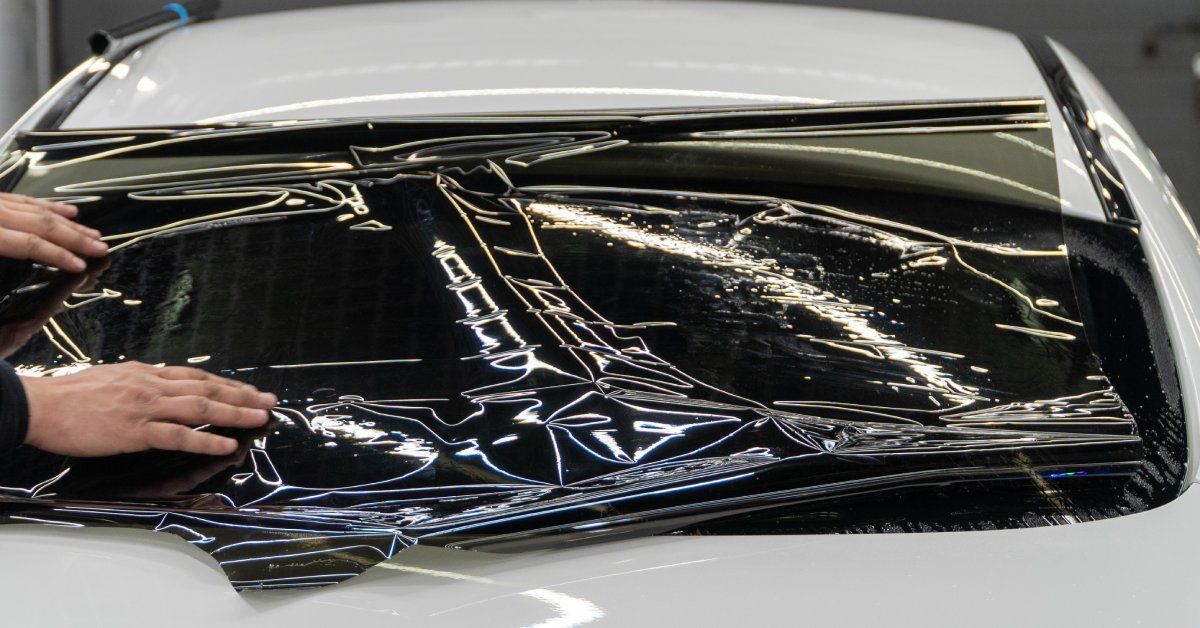
Cleaning Your Tinted Windows the Right Way
Once your tint has fully cured, regular cleaning becomes part of your routine. But not all cleaners are created equal when it comes to tinted windows.
Ammonia-based cleaners are your tint's worst enemy.
Windex and similar products contain ammonia, which breaks down the adhesive and can cause the tint to purple or peel. Instead, opt for ammonia-free glass cleaners or make your own solution with water and a few drops of dish soap.
Gather Your Supplies
Your cleaning tools matter just as much.
Microfiber cloths are perfect because they won't scratch the film surface. Soft sponges work well too, but avoid paper towels at all costs—they're surprisingly abrasive and can leave tiny scratches.
Start Your Cleanup
Here's your step-by-step process: Start with the interior side (where the tint is applied)
Spray your cleaner onto the cloth, not directly onto the window. Gently wipe in straight, overlapping strokes rather than circular motions.
Clean the exterior normally since that's just glass.
For stubborn spots, let the cleaner sit for a few seconds before wiping. Never use razor blades, steel wool, or abrasive scrubbers on tinted surfaces.
Protecting Your Investment
Knowing how to properly care for your car’s tinted windows is critical because your tint faces daily challenges. Thankfully, you can minimize the damage with smart habits.
Parking in shaded areas whenever possible reduces UV exposure and heat buildup.
Garages are ideal, but even parking under trees helps. When you can't find shade, consider using a sunshade for your windshield. This extra protection reduces the temperature inside your car and takes stress off your tint.
Seasonal Strategies
Seasonal changes require different approaches.
Summer heat can cause tint to expand and contract, so regular inspections help you catch problems early. Winter brings its own challenges—ice scrapers should never touch tinted windows.
Let your defroster do the work instead.
Minimize Contact
Be mindful of what touches your windows. Kids' toys, pet claws, and even jewelry can scratch tinted surfaces.
Sharp objects near windows are always a no-go.
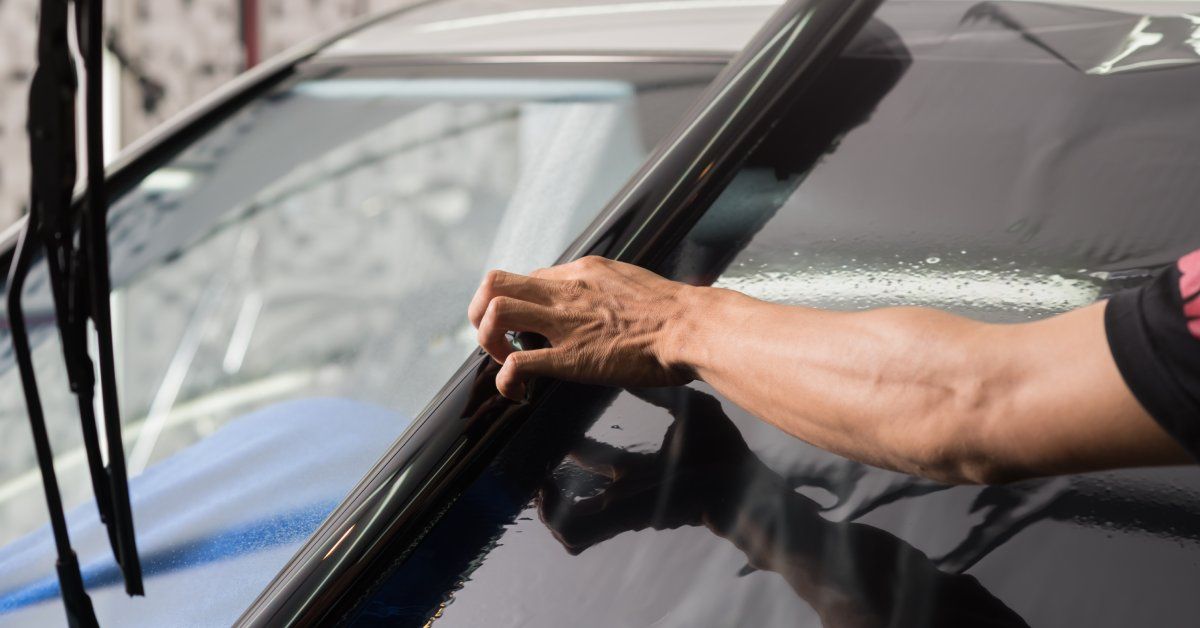
Troubleshooting Common Problems
Even with perfect care, issues can pop up. Bubbles are the most common complaint, and they fall into two categories: installation bubbles (which appear immediately) and adhesive failure bubbles (which develop over time).
Small bubbles that appear months or years after installation usually mean the adhesive is failing. Unfortunately, this typically requires professional replacement of that section.
How To Handle Scratches
Scratches happen to the best of us.
Minor surface scratches might buff out with very gentle polishing, but deeper scratches usually need professional attention. Prevention really is better than cure here.
Fading and Peeling
Fading occurs naturally over time, especially with dyed tints. High-quality ceramic tints resist fading much better, but all tints will eventually show some color changes after many years of sun exposure.
Peeling edges typically start small but grow quickly. As soon as you notice lifting corners, have them professionally addressed.
Trying to smooth them down yourself usually makes the problem worse.
Properly Caring for Your Tinted Windows Pays Off
Your tinted windows are more than just a cosmetic upgrade—they're a functional investment in your comfort and your car's interior.
Remember the basics: use ammonia-free cleaners, soft cloths, and gentle motions. Protect your car from excessive heat when possible, and address small issues before they get worse.
The effort you put into maintenance today will keep your windows looking professional and performing at their best for years to come. Talk to an expert about custom window tinting today to invest in a tint worth protecting.


